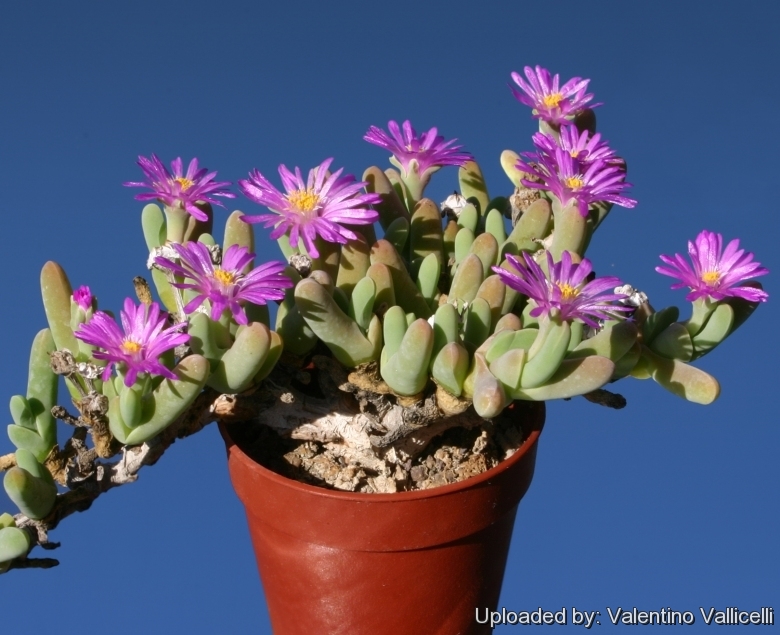
Gibbaeum geminum Photo by: Valentino Vallicelli
SB647 (Collector: Steven Brack) Koeniekuil, Little Karoo, South Cape Province, South Africa. Heavy bloomer, the flowers are numerous and produced more readily than in many other species.
Origin and Habitat: Little Karoo desert in South Africa
Synonyms:
Common Names include:
CHINESE (中文): 青珠子玉
Description: Perennial clumping, mat forming succulent shrublet. Up to 5 cm tall and 20 (or more) cm wide. Although it has very small heads, this species spreads into large grey-green carpets.
Stem: Forms a very short enlarged trunk with spreading branchlets.
Leaves: Delicate slender fingers-like sharklets (slightly keeled) small grey-green and pubescent. 2-5 mm wide and 8-20 mm long.
Flowers: Daisy-like, pink/ violet up to 10-20 mm in diameter and long lasting.
Blooming season: Spring. The flowers are produced more readily than in many other Gibbaeum species.
Bibliography: Major references and further lectures
1) Heidrun E. K. Hartmann “Illustrated Handbook of Succulent Plants: Aizoaceae F-Z” Springer, 2002
2) Gert C. Nel “The Gibbaeum Handbook, a Genus of Highly Succulent Plants, Native to South Africa” Blandford Press, 1953
3) Hermann Jacobsen “A handbook of succulent plants: descriptions, synonyms, and cultural details for succulents other than Cactaceae, Volume 1” Blandford Press, 1960
4)Werner Rauh “The Wonderful World of Succulents: Cultivation and Description of Selected Succulent Plants Other Than Cacti” Smithsonian Institution Press, 1984
5) Goldblatt, P. and Manning, J.C. 2000. "Cape Plants: A conspectus of the Cape Flora of South Africa." Strelitzia 9. National Botanical Institute, Cape Town.
6) Hilton-Taylor, C. 1996. "Red data list of southern African plants." Strelitzia 4. South African National Botanical Institute, Pretoria.
7) Vlok, J. and Schutte-Vlok, A.L. 2010. "Plants of the Klein Karoo." Umdaus Press, Hatfield.
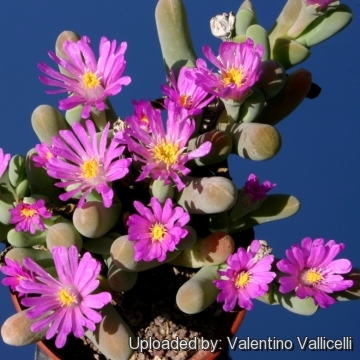 Gibbaeum geminum Photo by: Valentino Vallicelli
Gibbaeum geminum Photo by: Valentino Vallicelli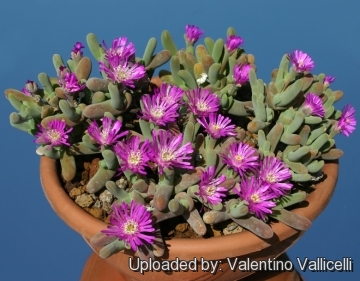 Gibbaeum geminum Photo by: Valentino Vallicelli
Gibbaeum geminum Photo by: Valentino Vallicelli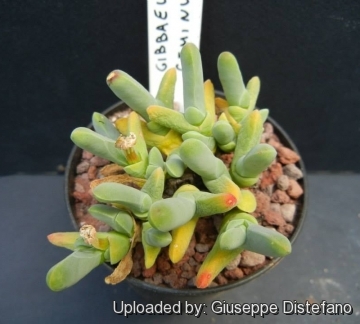 Gibbaeum geminum Photo by: Giuseppe Distefano
Gibbaeum geminum Photo by: Giuseppe Distefano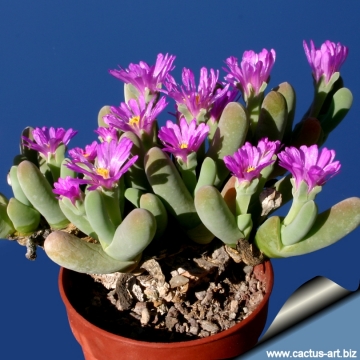 Gibbaeum geminum Photo by: Cactus Art
Gibbaeum geminum Photo by: Cactus Art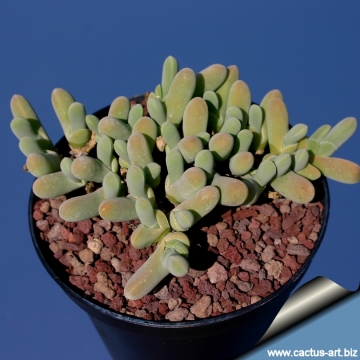 Gibbaeum geminum Photo by: Cactus Art
Gibbaeum geminum Photo by: Cactus Art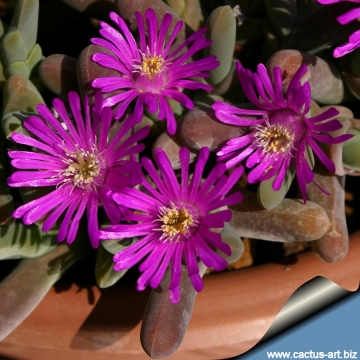 Gibbaeum geminum Photo by: Cactus Art
Gibbaeum geminum Photo by: Cactus Art Gibbaeum geminum Photo by: Cactus Art
Gibbaeum geminum Photo by: Cactus ArtSend a photo of this plant.The gallery now contains thousands of pictures, however it is possible to do even more. We are, of course, seeking photos of species not yet shown in the gallery but not only that, we are also looking for better pictures than those already present.
Read More... Cultivation and Propagation: It is a "winter" grower which is most active from late winter until later spring and heading for summer dormancy, and notoriously difficult to grow because it rot very easily, but Gibbaeum geminumSN|21468]]SN|21468]], is among the easiest in cultivation, keeps going over the summer too and don’t need particular care.
Soil: It grows best in sandy-gritty soil and requires good drainage as it is prone to root rot. It can grows outdoor in sunny, dry, rock crevices (protection against winter wet is required) It can also be cultivated in alpine house, in poor, drained soil.
Fertilization: Feed it once during the growing season with a fertilizer specifically formulated for cactus and succulents (poor in nitrogen), including all micro nutrients and trace elements diluted to ½ the strength recommended on the label. It thrives in poor soils and need a limited supplies of fertilizer to avoid the plants developing excess vegetation, which is easily attacked by fungal diseases.
Watering: The Gibbaeums thrive in dry and desert regions and are able to stand extended periods of drought and require careful watering. Water minimally in summer, only when the plant starts shrivelling, water more abundantly when they are growing in the autumn and spring, but let the soil dry between soaking. Requires little water otherwise its epidermis breaks (resulting in unsightly scars). If grown in a container, bottom watering by immersing the container is recommended. It must have very dry atmosphere.
Light: It needs a bright sunny or light shade exposure in winter, but keep cool and shaded in summer.
Hardiness: It prefer a very bright situation and require a minimum temperature 5°C (But will take a light frost and is hardy down to -7° C for short periods if it is in dry soil). USDA zones 9A – 11.
Uses: Container, rock garden.
Pests and diseases: It is vulnerable to mealybugs and rarely scale.
Propagation: Seed in autumn or (or rarely) cuttings. Take the cutting from a grown-up mother plant. Each cutting must contain one or more heads along with a fraction of root and permit to dry out a couple of days, lay it on the soil and insert the stem end partially into the soil. Try to keep the cutting somewhat upright so that the roots are able to grow downward. It is relatively difficult to root Gibbaeums from cuttings and generally pointless as well, so quick are they from seed.

















